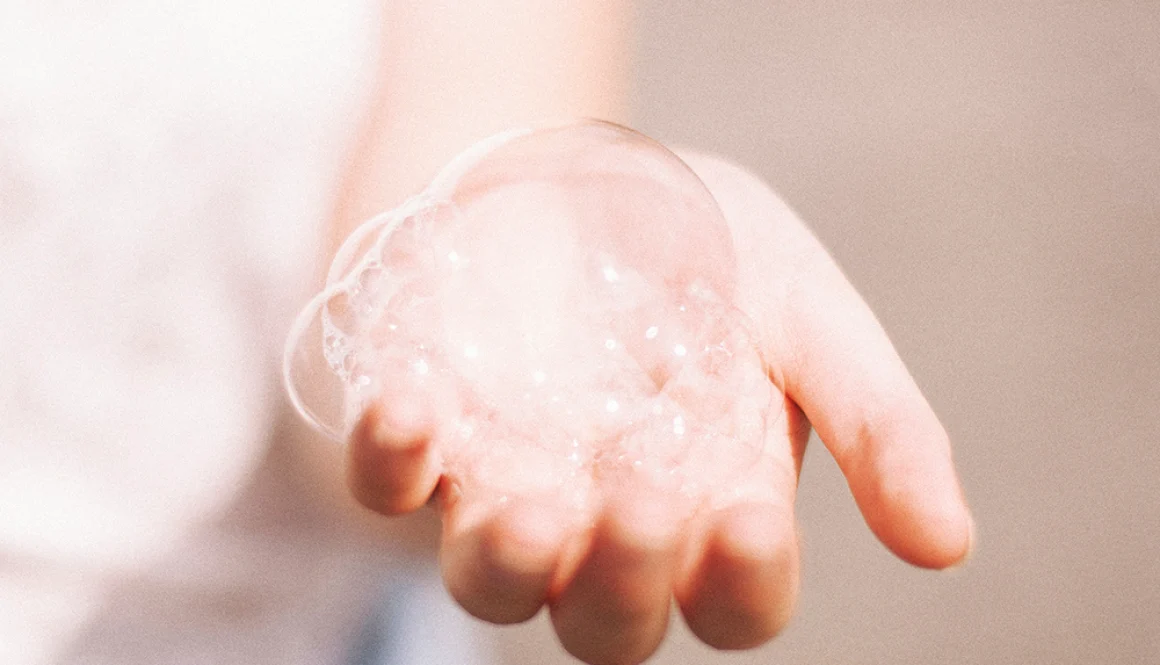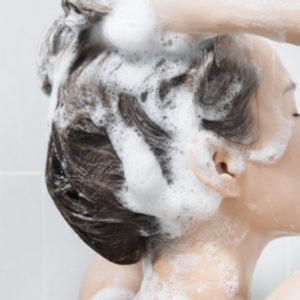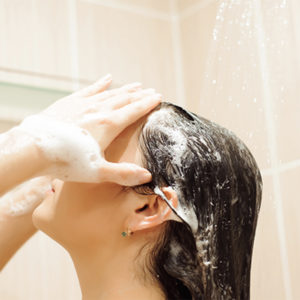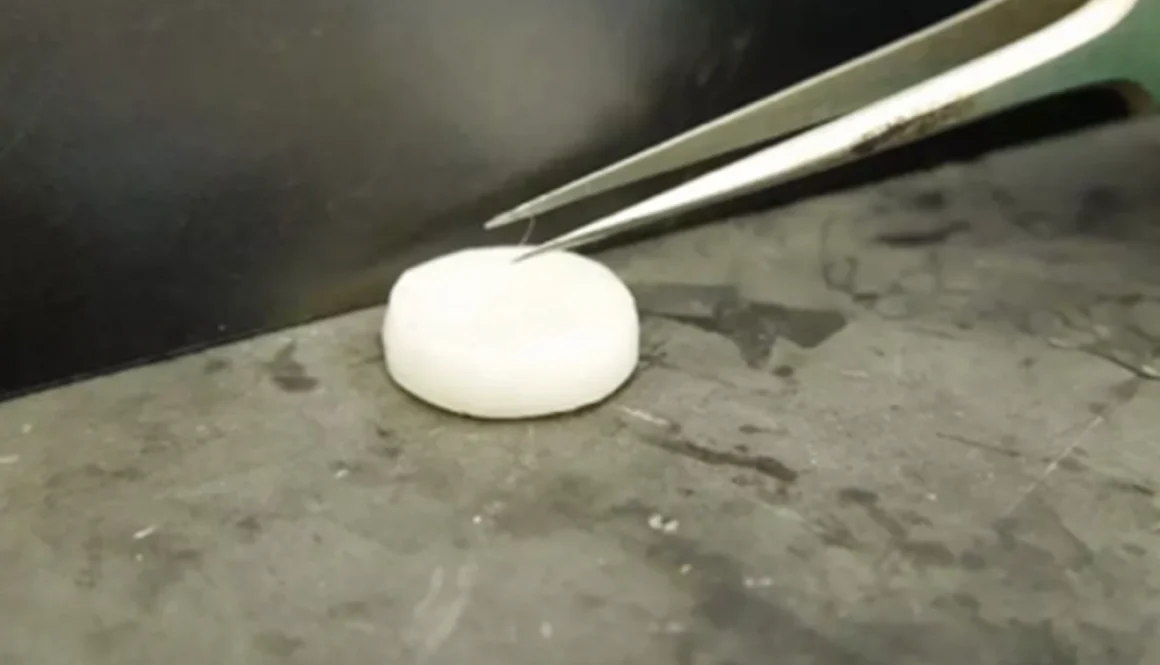Secrets on How to improve Hair Healthy Growth?
Whether your strands are a bit sparse or you’re looking for more length, here’s some for growing your healthiest, lushest hair from root to ends.
Are there Secrets on How to improve Hair Healthy Growth?
First, know this: Growing your hair longer and thicker takes time.
Hair grows about six inches each year on average, but that can feel minimal — especially because most people lose 50 to 100 hairs per day.
Plus, hair that’s naturally fine or thin is genetic, and the length you can achieve is determined by the amount of time your strands stay in their growth cycle.
That said, there are ways to work with what you have to maximize your hair growth and health potential:

Get frequent trims.
A paradox right? but if you want longer hair, you need regular cuts (about every seven weeks). While a haircut doesn’t make your hair grow faster, it gets rid of split ends that break your strands.
When a split end breaks, it means your hair loses length — as well as volume, smoothness, and shine. At the salon, request a dusting from your stylist, meaning just the hair’s tips are cut, which gets rid of damaged ends but maintains most of the length.

Color carefully.
Making drastic color changes to your hair, like going from a darker shade to a light one, could stand between you and your longest possible hair.
When the cuticle, or outer layer, of hair, is damaged from bleach, you can have more split ends and breakage.
The fewer chemical treatments you get, the better your hair will grow. (among the culprits: chemical hair color, smoothing processes like keratin treatments, hair relaxers, and perms.)
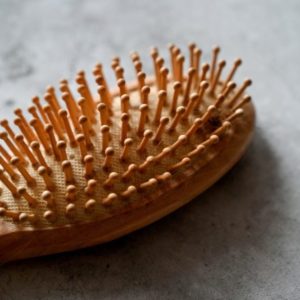
Keep brushing.
An old Habit passed on from mother to daughter for generations, “to brush hair 30 times in the morning and the same before going to bed”
Giving your hair a few quick brush strokes in the morning and at night before going to bed, would be good for its health (and length).
Starting at the scalp, use a boar-bristle brush to distribute your scalp’s natural oils evenly onto your hair so it stays naturally moisturized. The oils form a coating over strands that can help protect hair from damage.
Eat protein-rich foods.
Growing your longest, strongest strands doesn’t just depend on what you do to your hair; it also has to do with what you put into your body.
To promote hair growth, you need to ‘feed’ the hair from the inside. Foods high in protein, the building block of hair, can help hair grow faster.
Protein can come from meats and plant sources. Try increasing your protein intake with foods like fish, beans, nuts, and whole grains. Women who don’t get enough protein often experience their hair shedding more.
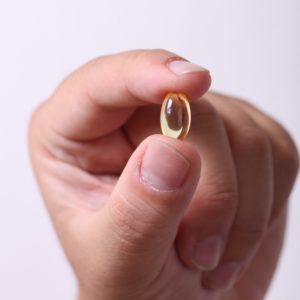
Add a vitamin to your a.m. routine.
You can also supplement your diet to help boost hair growth. Look for a multivitamin that’s formulated and labeled ‘for hair, skin, and nails. Those contain important vitamins like biotin and vitamins B and C that support hair health.

To skip, or not to skip the daily shampoo.
To help grow stronger strands, Avoid aggressive generic brands, and choose a mild and gentle Shampoo, Then it won’t matter.
Shampooing two to three or more times per week will still allow the scalp’s natural oils to coat hair, helping it hydrate and repair itself, For fuller-looking strands, choose a formula labeled “volumizing” or “thickening,”.
Keep showers cooler.
A hot shower can dehydrate your skin — and it also is rough on your hair. Turn the water temperature down when shampooing. And give your scalp extra TLC: Massage shampoo in at the roots to clear buildup that can inhibit hair growth.
Condition with love.
Regularly coating your strands in a deep conditioner or hair mask detangles hair and helps prevent damage that can lead to breakage and loss of length. Once per week or as needed, in place of your regular conditioner, smooth a hair-treatment mask from roots to tips.
Don’t be afraid of weighing down strands, it will nourish intensely without feeling heavy on fine or thin hair, as long as you rinse thoroughly.
Be gentle when brushing wet hair.
Hair is especially susceptible to breakage when it’s wet. Water exposure swells and stretches the hair’s shaft, which causes the shingle-like outer layer to lift, and adding stress from brushing in that state can cause it to break. Instead, brush dry hair before shampooing. If you have to detangle it when it’s wet, towel-dry it first so it no longer drips, apply a leave-in conditioner from roots to ends and use a wide-toothed comb or a detangling brush to reduce friction, working from the ends up in small sections to prevent tearing hair.
Avoid excessive heat styling.
Stop over-styling; heat from hot tools like blow-dryers and irons can damage hair’s outer layer, making it prone to fracturing and breaking. If you must use heat, decrease the temp and always apply a heat-protectant styling product to shield against damage.
Get to the root of it.
Underlying causes may be contributing to your hair-growth issues. One in four women reports thinning hair — not counting those born with thin or sparse strands.
Hair loss is often hereditary, or androgenic, thinning and tends to appear as a widening center part. Another common type is telogen effluvium (TE), or allover shedding because of hormones, as in post-pregnancy, or health issues such as thyroid or autoimmune disease and anemia. With TE, hair generally grows back once the problem is treated; see a doctor for a diagnosis.





